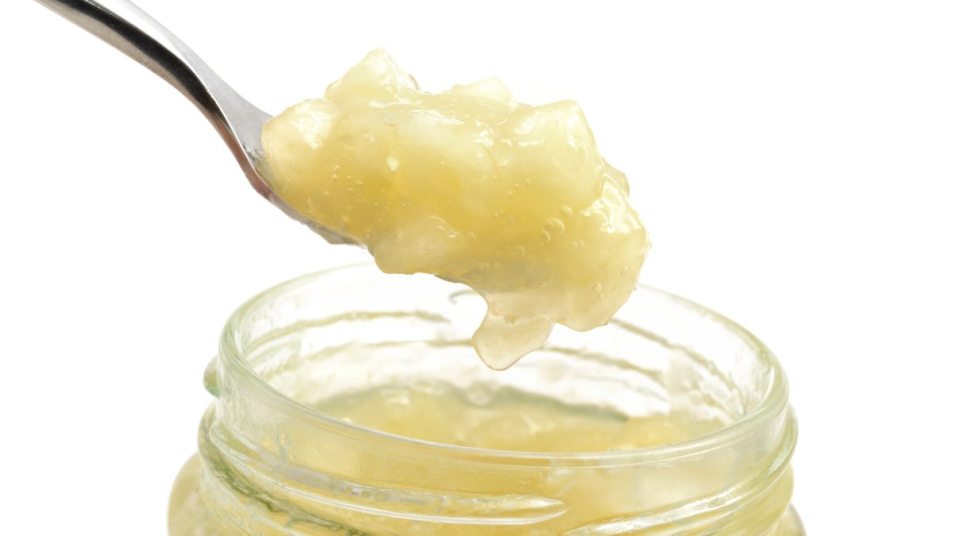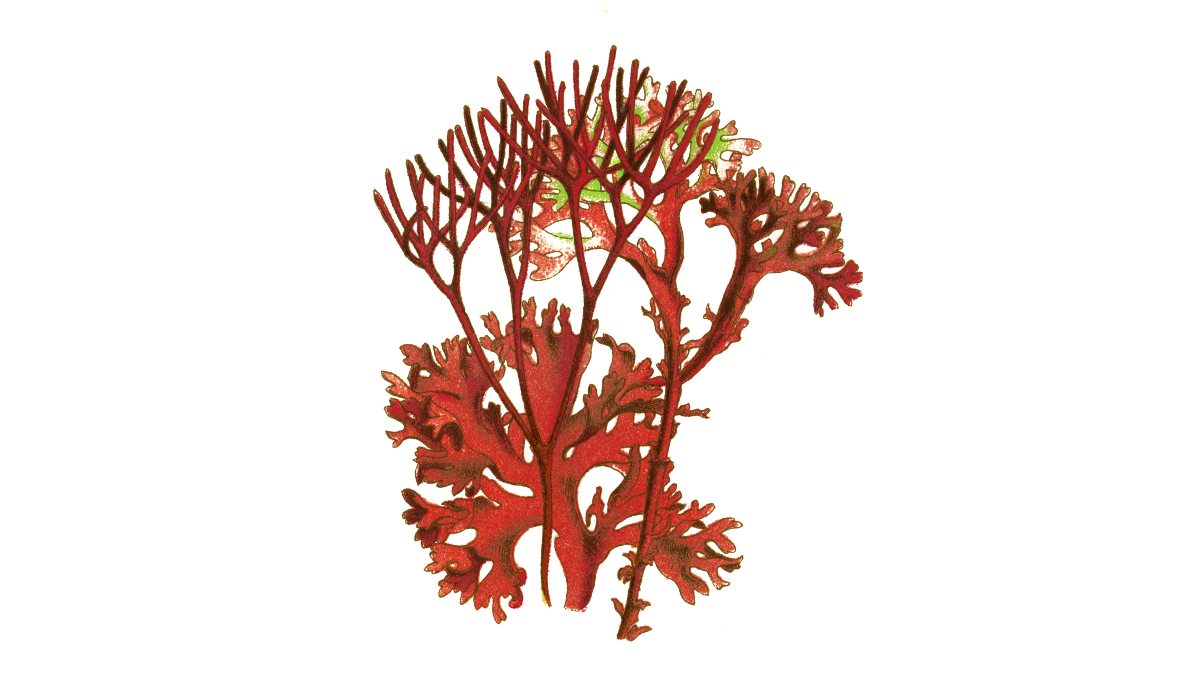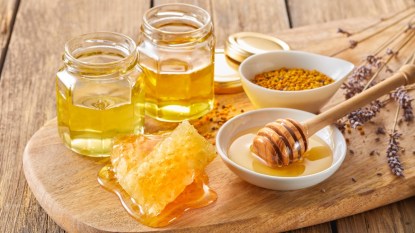This Tasty Marine Supplement Is Linked to Better Thyroid Health, Gut Health, and Weight Loss

When choosing a new supplement, I look for a short ingredient list. I love seeing a list of words I can read and understand, because it usually means it’s a natural product that won’t upset my stomach. So, when a product called sea moss gel popped up on my computer — and it claimed to have just four all-natural ingredients — I knew I had to test it out for myself.
However, I wasn’t entirely sure what to do with it! Was I meant to eat it or put it on my skin, like a face mask? Could I eat it raw? What about the health benefits? To answer these questions and more, I did a little digging myself and spoke with Dr. Jerry Bailey, certified nutritionist, acupuncturist, chiropractic, and functional medicine physician at Lakeside Holistic Health.
What is sea moss gel?
Sea moss, often called Irish moss, red seaweed, or carrageen (scientific name: Chondrus crispus), is a species of red algae. It grows along rocky shorelines, like the Atlantic coast of the British Isles. (It is not to be confused with Sagina subulata, a form of green moss that is also called Irish moss.)

Sea moss gel is simply sea moss blended with water to form a jelly-like mixture. In this form and in powdered form, it’s more appetizing (to me!), and becomes the perfect smoothie add-in. As for its flavor, people say it has an earthy or “underwater taste” similar to clams and oysters, though most agree that it’s mild.
Sea moss may improve your thyroid health.
The vitamins and minerals in sea moss gel will vary from product to product, especially because different companies add in different ingredients. Still, sea moss itself is an excellent source of iodine. In addition, some sources claim that it contains 92 of the 102 essential minerals our bodies need to function.
Why is iodine so important? “Our body does not make iodine,” says Dr. Bailey. “We need to take it within our food sources. Iodine is the key component in the making of thyroid hormone … Without iodine, we do not make our thyroid hormones. This results in hypothyroidism.”
Other nutrients in sea moss gel — like iron, magnesium, phosphorus, zinc, and copper — are important for thyroid health as well. “The other minerals within sea moss are key to not only thyroid health but the overall health of your body,” Bailey says. “We tend not to eat enough vegetables in our typical diet, resulting in a depletion of mineral intake.”
Sea moss may boost your gut health.
If you want to improve the health and function of your digestive tract, eat a spoonful of sea moss gel every day. Seaweeds like sea moss contain prebiotics, or non-digestible foods that promote the growth of “good” gut bacteria. They also contain beneficial live bacteria and plenty of fiber.
“Research on sea moss shows it’s a good source of additional fiber for the diet and has an excellent level of live bacteria for the gastrointestinal tract,” says Bailey.
Sea moss gel may promote healthy weight loss.
Let’s be clear: Not all weight loss is healthy, especially if you lose weight too quickly. However, losing weight slowly and consistently because of healthy lifestyle changes may help you improve your overall health. And sea moss gel may be a part of that healthy transition.
“There is a compound within sea mass called fucoxanthin [an antioxidant],” Bailey shares. Fucoxanthin does promote fat metabolism in a few rat studies (in which species of rats are used to compare to human metabolism.) So, we can make an educated assumption that you may have a weight loss benefit from adding sea moss to the diet.”
The bacteria may have something to do with it, too. “The bacteria associated with sea moss also show benefit to the GI tract,” Bailey continues. “By adding beneficial bacteria into the diet, [you] can boost digestion and immune function within the GI tract.”
How much sea moss should you eat in a day?
Bailey recommends eating between one and four tablespoons (about 4 to 8 grams) of powdered sea moss daily. If you’re eating it in gel form, one to two tablespoons is plenty.
“You can also eat dry or fresh moss,” Bailey adds. “With fresh, it is best to take in within a few days of buying or harvesting to prevent potential food borne illness issues.”
Who should not eat sea moss?
“If you suffer from hyperthyroidism (Graves disease) you should be careful with taking in additional iodine,” Bailey cautions. “The increase in iodine can result in increased thyroid production which you do not want to have with hyperthyroidism.
“Also, if you are susceptible to issues with heavy metals [such as gastrointestinal issues], you might not [want to] take in much sea moss. Be sure to also check that the brand you are using is testing for heavy metal contamination. This will eliminate the risk of increasing the burden on your body from those heavy metals.”
It’s true that sea moss can easily absorb and store heavy metals. Fortunately, however, the risk of toxicity is low, and brands are transparent about whether they test for contamination.
Here’s What I Thought of Sea Moss Gel
Hoping to find a tasty sea moss option, I tried a pineapple sea moss gel (Buy from The Transformation Factory, $32.99). I liked this brand because the gel contained just four ingredients: sea moss, agave, pineapple, and lemon. The consistency was a cross between Jell-O and apple sauce — so if you aren’t big on squishy food consistencies, best to eat this mixed into something else!
The flavor impressed me; it was mildly sweet and pineapple-y, with a sharp tang of acidity. I tried blending it into a smoothie with frozen pineapple chunks and coconut milk, and it was delicious!
Bonus: I found out that you can use sea moss as a face mask! Transformation Factory suggests making a blend of the gel with turmeric powder.
Just don’t wait around to finish off the jar. Since it contains no preservatives (besides lemon), this sea moss gel expires in about three weeks. Who knew seaweed could be such a healthy add-in to our treats?













